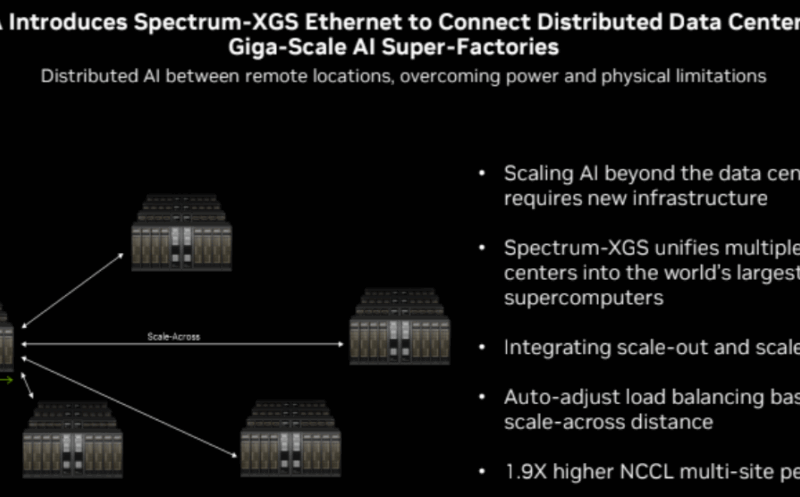NASA and IBM have collaborated to create Surya, a new artificial intelligence model designed to forecast solar flares. Unveiled recently, Surya aims to enhance prediction accuracy and provide earlier warnings of potential geomagnetic storms. The model is intended to improve upon existing forecasting methods by leveraging advanced AI techniques to analyze solar activity.
On January 5, 2022, an X 1.2 class solar flare was recorded, highlighting the type of event Surya is designed to predict. Current solar flare forecasting depends on instruments monitoring the sun and the National Oceanic and Atmospheric Administration (NOAA) predicting potential Earth impacts through its Space Weather Prediction Center. Surya represents an effort to refine and expedite this process.
Surya, named after the Sanskrit word for “Sun,” is a 366-million-parameter AI model developed to analyze solar phenomena. IBM emphasized that the model is open-source and accessible on GitHub, encouraging further development and exploration by the scientific community. The GitHub page states that the model “learns general-purpose solar representations through spatiotemporal transformers, enabling state-of-the-art performance in solar flare forecasting, active region segmentation, solar wind prediction, and EUV spectra modeling.”
The AI model uses extensive data about the sun to predict events such as solar flares that may impact Earth. IBM reports that Surya is trained using data from NASA’s Solar Dynamic Observatory (SDO), which has monitored the sun continuously since 2010. Data from eight additional research centers have also contributed to the model’s training dataset, creating a comprehensive foundation for analysis.
Andrés Muñoz-Jaramillo, a solar physicist at Southwest Research Institute and lead researcher on Surya, stated, “We want to give Earth the longest lead time possible.” He added, “Our hope is that the model has learned all the critical processes behind our star’s evolution through time so that we can extract actionable insights.” The primary objective is to provide more advanced warnings of approaching geomagnetic storms caused by solar flares.
Improved forecasting of geomagnetic storms could lead to earlier alerts for auroras. Knowledge of when auroras are likely to occur could be available further in advance, since auroras result from the interaction of geomagnetic storms with Earth’s magnetic field. The Solar Dynamic Observatory was established to understand the underlying physics of the sun. IBM indicates that progress in this area has been gradual, and a complete understanding of solar activity remains elusive.
Prior to Surya, NASA used indicators, such as flashes of light in the sun’s corona, to predict solar flares. NOAA also employs its own prediction methods, which, according to IBM, generally perform well but have limitations. IBM suggests that Surya’s inclusion could improve both the accuracy and timeliness of solar flare predictions. Juan Bernabé-Moreno, IBM’s director in charge of scientific collaboration with NASA, said, “We’ve been on this journey of pushing the limits of technology with NASA since 2023, delivering pioneering foundational AI models to gain an unprecedented understanding of our planet Earth.” Bernabé-Moreno added, “With Surya, we have created the first foundation model to look the sun in the eye and forecast its moods.”

